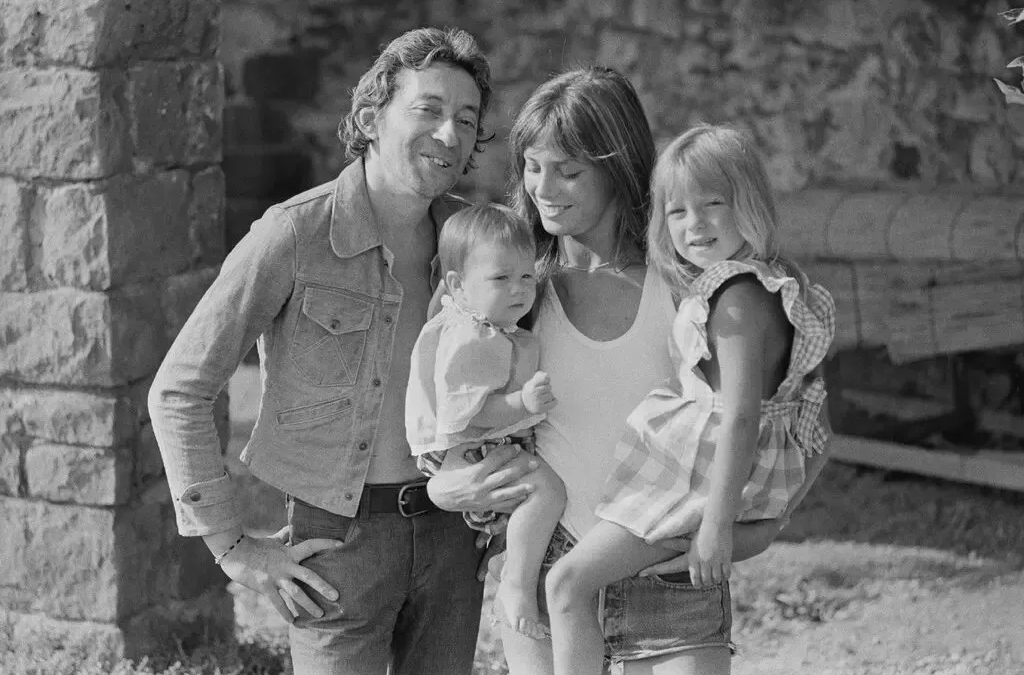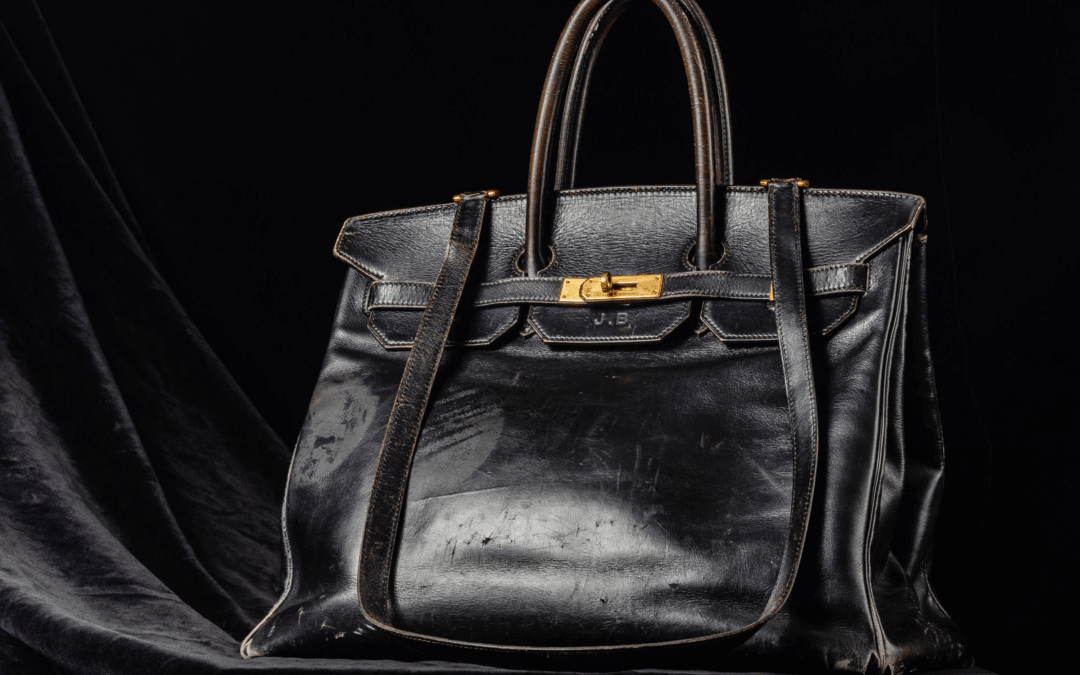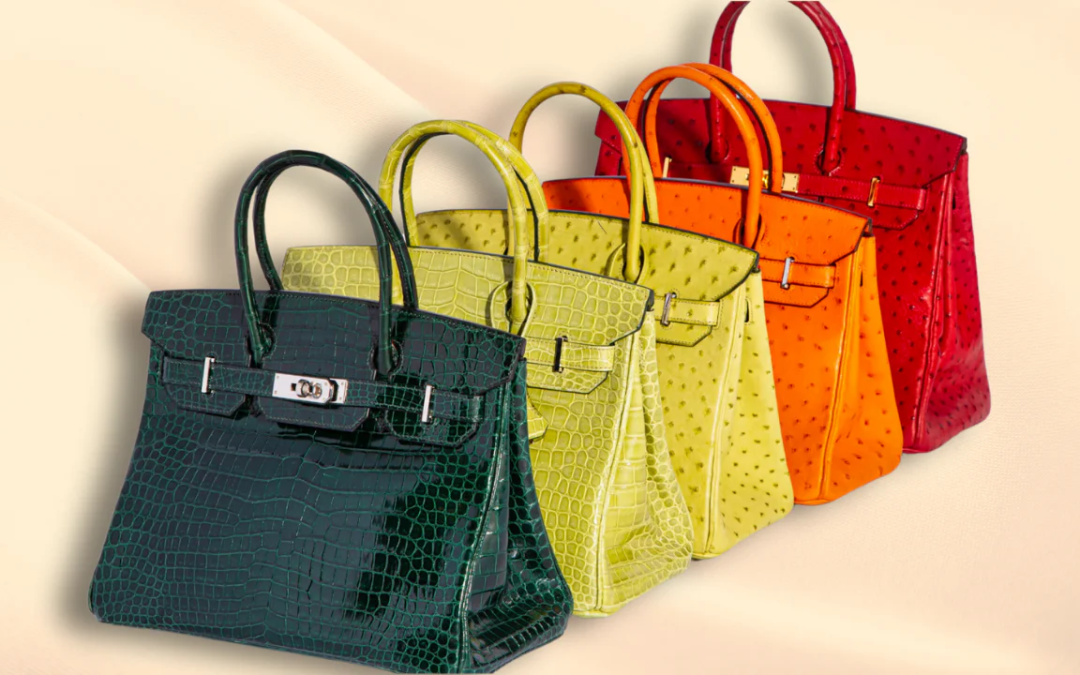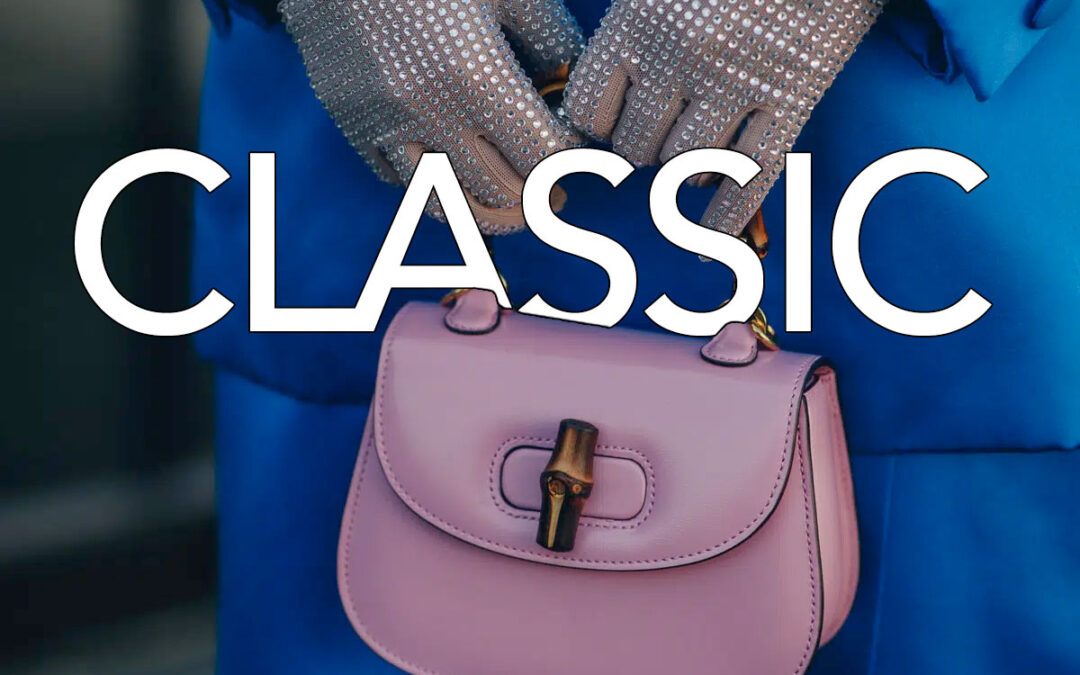
Spoiler: Jane Wasn’t the Waitlist Type.

Style Companion
Spoiler: Jane Wasn’t the Waitlist Type.
by Thea Elle | June 26, 2025 | Style Guide
Jane Birkin didn’t chase trends. She dissolved them on contact. Long before Instagram grids, front-row invites, and the glossy machinery of luxury branding, Jane moved through the world on her own terms. Her style was raw, tactile, a bit disheveled — and utterly magnetic. What drew people in wasn’t polish, but her total disinterest in perfection.
Long before the HERMES bag immortalized her surname, Jane had already made a simpler accessory unforgettable: a humble straw basket. Frayed, functional, often brimming with the details of real life — vegetables, vinyls, pacifiers — it embodied her brand of undone elegance. It wasn’t ironic. It wasn’t performative. It was just hers.
She didn’t construct looks. She wore what made sense. A shirt slipped just so because it slipped, not because a stylist tugged it into place. The hems of her jeans dragged because she didn’t care if they did. There were no stylists backstage, no partnerships to maintain, no seasonal edits. Just a woman with a fringe, an oversized jacket, and whatever basket she happened to grab on her way out.
In a fashion landscape obsessed with access and aspiration, her choices read almost like quiet rebellion. She didn’t need luxury to project allure. She didn’t seek approval. Her wardrobe didn’t suggest status. It reflected life — ordinary, intuitive, and deeply personal. She made looking effortless seem effortless, because for her, it truly was.

The Power of Not Caring
In an age defined by scarcity and spectacle, where the worth of an item is too often determined by how difficult it is to acquire, Jane Birkin’s approach to style felt almost subversive: she chose ease. She had no interest in making things exclusive or rare. She wore what was within reach — clothes you could dig out of a drawer, borrow from a friend, or swipe off a lover’s floor on your way out the door. A faded tee. A beat-up straw tote. Her wardrobe was not a curated fantasy, but a lived-in archive of her own life. Every item bore the marks of wear, the texture of memory. These were garments with history, not headlines.
None of this is to suggest she lacked a visual language. On the contrary, Jane had a look that sliced clean through the noise. But it was never manufactured. It was instinctual. She dressed the way a songwriter hums a tune under her breath — natural, unforced, and entirely her own. She wore pieces because they made sense on her skin, matched her mood, or simply felt right in that fleeting moment. She didn’t ask for permission to be stylish. She just was. That level of casual certainty, that refusal to overthink, is precisely what made her unforgettable. Today, we see countless versions of “effortless” style — airbrushed, algorithm-approved, conspicuously casual — but they often ring hollow, missing the one thing Jane had in spades: sincerity.
As we scroll past slideshows of celebrities gripping handbags priced like rent checks, it’s worth remembering that Jane’s most iconic accessory was unraveling at the seams. The lining shredded. The handle unraveling. The silhouette half-collapsed from overuse. And yet, that humble basket, slung over her arm with quiet defiance, has become a lasting image etched into fashion’s collective memory. Not because it was designed to dazzle. But because it didn’t try. In a world trained to obsess over polish and perfection, her nonchalance remains one of fashion’s most enduring provocations.
A Manifesto in Fringe and Denim
If Jane Birkin were getting dressed in 2025, she wouldn’t be asking herself if her wardrobe was “curated.” She had already written the blueprint for personal style, and it didn’t involve spreadsheets, stylists, or mood boards. A slouchy white tee. Faded jeans soft from wear. A sweater thrown around the shoulders, possibly forgotten there. Hair tousled from wind, not product. Lipstick, maybe — but only if she felt like it. Her wardrobe was a whisper, not a megaphone. A quiet seduction that lived in softness, in spontaneity, in the unstudied slouch of a cuff or the looseness of a collar left undone.
She made fringe feel like rebellion. She made Serge cry just by being. She turned the humble straw bag into a symbol before fashion houses scrambled to commodify it. And she did all of this without a glam squad, without a brand contract, without ever stepping onto a red carpet looking “pre-approved.” Jane didn’t orchestrate her style. She moved through it. That’s the secret so many miss: true style doesn’t ask to be seen. It simply is. Her refusal to dress for the spotlight gave her the kind of magnetism that no label could buy.
And if you think that kind of style is easy, think again. Try walking out in a wrinkled shirt and making it feel intentional. Try mismatching and still looking enviably right. That was Jane’s gift — an ability to strike the perfect note between disheveled and divine. She didn’t ignore fashion. She just didn’t let it speak louder than she did. She gave just enough attention to make things work, and no more. That restraint — that exquisite, careless restraint — was her magic.
Why Jane Would Never Queue for a Bag
Picture Jane Birkin sitting on a months-long waitlist for a handbag and try not to laugh. She didn’t linger in dressing rooms waiting for fashion’s blessing. She moved on instinct, and style caught up to her, breathless. Trends followed her shadow. Status clung to her hem. Yes, the Birkin bag carries her name, but let’s not mistake that for alignment. She didn’t blueprint it. She didn’t collect them like rare coins. She carried one for a while, until it frayed, until it failed her, and then she let it go. It held receipts, children’s toys, cigarettes, mess. It was useful — not revered.
And that, exactly, is what makes her myth so enduring. Today, luxury goods are sold as identities — buy this, become her. But Jane already was her, before the marketing teams came calling. The bag didn’t make her a muse. She made it a moment, then moved on. Her possessions never possessed her. She wore them until they were done serving her purpose, then discarded them without drama. That’s what fashion still struggles to bottle: the grace of not needing any of it to feel whole.

Life, not luxury, was the real accessory.
For the Girls Who Don’t Want to Try So Hard
Jane Birkin’s style didn’t trade in aspiration the way we define it now. It didn’t rely on price tags or exclusivity. It didn’t beg for compliments or try to seduce the algorithm. It was subtle, a little stubborn, unapologetically feminine — but never fragile. She dressed like a woman who had better things to do than please anyone else. Her clothes served her, not the other way around.
This is the spirit that continues to speak to a certain kind of woman. Women who don’t need a “uniform” to feel composed. Who reach for a basket, not as a trend statement, but because it’s practical, a little romantic, and already packed with the day’s tasks. Women who let their hair do what it wants, because they’d rather spend time reading, or kissing, or getting lost somewhere beautiful. Women who know that the deepest kind of allure is never performed. It’s what lingers when you forget you’re being watched. Jane didn’t dress to captivate — and that’s exactly why we’re still captivated.
Style Can’t Be Purchased
Modern luxury likes to disguise itself as minimalism, but its silence is deafeningly expensive. We live in a world of four-thousand-dollar basics and beige essentials marketed as virtue. But Jane Birkin’s idea of luxury had nothing to do with restraint for show. It was about ease. She didn’t curate her wardrobe for Instagram. She simply didn’t care to put on a performance.
And in that quiet refusal, she became unforgettable. She was the blueprint for a different kind of woman. One who doesn’t collect. Who doesn’t chase. Who wears what feels right and lets the rest of it settle on its own. If that isn’t the definition of luxury, then perhaps we’ve forgotten what the word means.
What Would Jane Do?
She wouldn’t sit on a six-month waitlist for a handbag. She wouldn’t schedule an unboxing. She wouldn’t try on five outfits just to buy tomatoes. She’d pull on a wrinkled shirt, maybe grab a borrowed sweater, reach for the same straw basket she carried yesterday, and leave the house. No rush. No fuss. Just elegance without effort.
This is what makes her style timeless. It wasn’t the clothes. It wasn’t the bag. It was the way she wore fashion like a second thought. A result of living well, not dressing well. So the next time you’re questioning your look, ask yourself what Jane would do. Then do just a little less. But make it beautiful.










